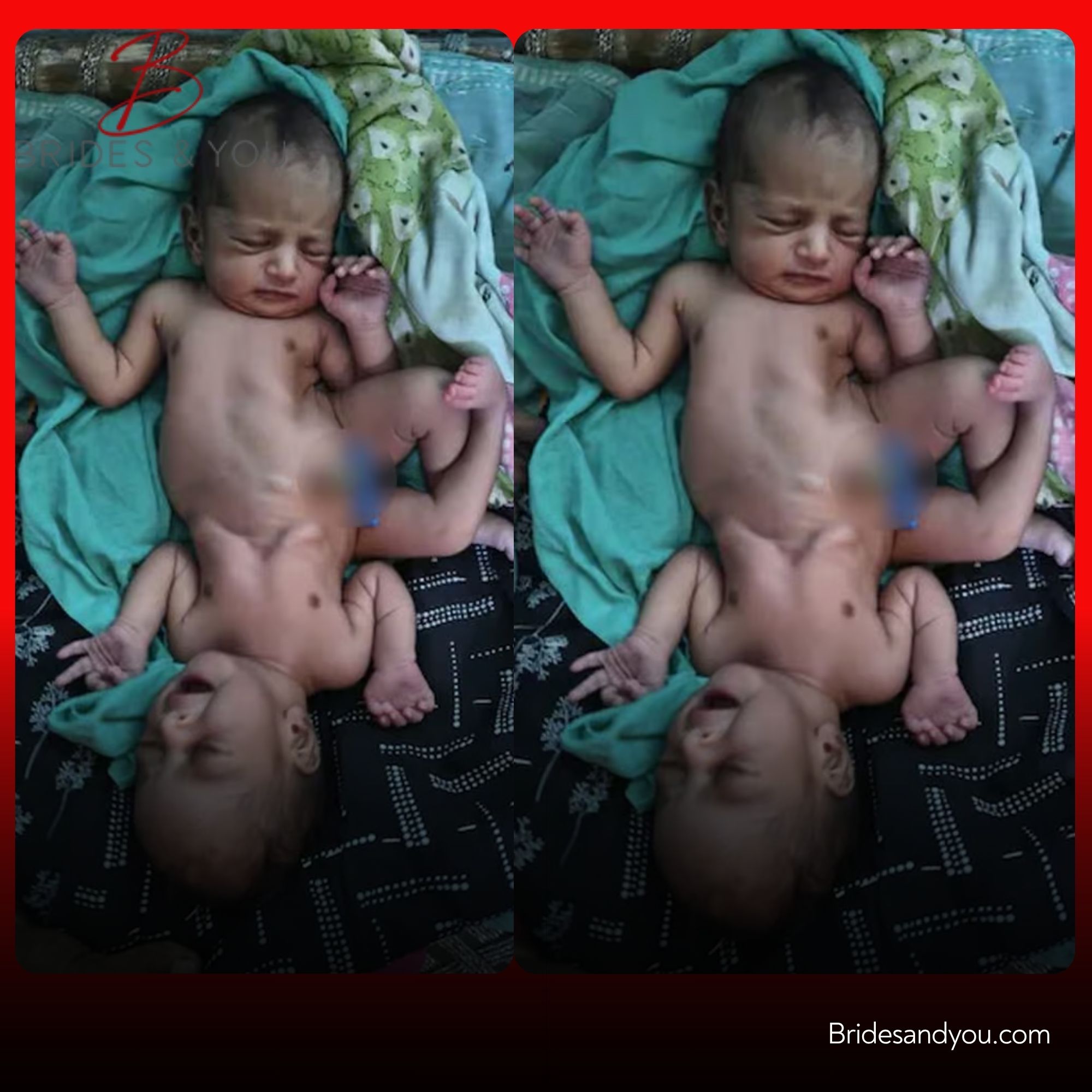Now Reading: A Rare Birth That Shocked the World
-
01
A Rare Birth That Shocked the World
A Rare Birth That Shocked the World

In a small village in Muzaffarpur, India, an extraordinary event has captured global attention. A woman named Shamsa Bibi gave birth to a baby girl with two heads and four arms. This rare birth, which happened in the Minapur region, has left doctors, nurses, and the local community in awe. The newborn, a rare case of conjoined twins, is now in the ICU for close monitoring.
What is a Rare Birth?
A rare birth, like the one in Muzaffarpur, happens when a baby is born with unusual physical features. In this case, the baby has two heads, four arms, and two legs, a condition known as dicephalic parapagus. This is a type of conjoined twins where two heads share one body. Such cases are extremely uncommon, occurring in about one in several million births.
Shamsa Bibi’s Unexpected Delivery
Shamsa Bibi, a resident of Mushachak village in Muzaffarpur, went into labor expecting a typical delivery. Doctors initially suggested a C-section, but the baby was born without surgery. The sight of the newborn stunned everyone in the delivery room. The baby’s unique condition, with two heads and four arms, was something the medical team had never seen before.

Medical Experts Weigh In
Doctors describe this rare birth as a biological anomaly. Conjoined twins happen when a fertilized egg starts to split into two embryos but does not fully separate. This results in twins who are physically connected. In this case, the baby has two heads and four arms but shares one torso and two legs. Medical professionals are now observing the baby closely to understand her condition better.
Challenges of Conjoined Twins
The survival of conjoined twins can be challenging. Many are stillborn, and others face serious health issues after birth. The baby in Muzaffarpur is currently in the ICU, where doctors are monitoring her health. They have not yet planned any surgeries, as the baby’s condition is still uncertain. The medical team is consulting experts to decide the best course of action.
A Viral Sensation Online
News of this rare birth spread quickly online. Pictures of the baby have gone viral, with many calling it a “miracle of nature.” Social media users are amazed by the uniqueness of the case, while others express hope for the baby’s survival. The story has sparked curiosity and discussions worldwide, making it a trending topic.
Community and Family Reaction
The local community in Muzaffarpur is both shocked and curious. Shamsa Bibi and her family are coming to terms with this unexpected event. While they face uncertainty, they remain hopeful for the baby’s health. The family has received support from neighbors and well-wishers, who are praying for the newborn’s recovery.
Why Are Such Cases So Rare?
Conjoined twins are rare because they result from a specific issue during early pregnancy. Normally, a fertilized egg splits completely to form identical twins. In conjoined twins, the split is incomplete, leading to shared body parts. Cases like dicephalic parapagus, where twins have two heads on one torso, are even rarer, affecting fewer than one in a million births.
The Road Ahead for the Baby
The baby’s future remains uncertain. Doctors are focusing on stabilizing her condition in the ICU. They are conducting tests to understand how her organs function and whether separation surgery is possible. Such surgeries are complex and depend on how many organs the twins share. For now, the medical team is taking it one day at a time.
Raising Awareness About Rare Births
This rare birth in Muzaffarpur highlights the importance of prenatal care. Regular checkups and ultrasounds can sometimes detect conjoined twins early in pregnancy. However, in rural areas like Minapur, access to such medical facilities can be limited. This case has sparked conversations about improving healthcare access in remote regions.
A Story of Hope and Wonder
The birth of this baby with two heads and four arms is both a medical marvel and a reminder of life’s mysteries. While doctors work to ensure her health, the world watches with fascination and hope. Shamsa Bibi’s story shows the strength of a mother and the wonders of nature, even in the face of challenges.










